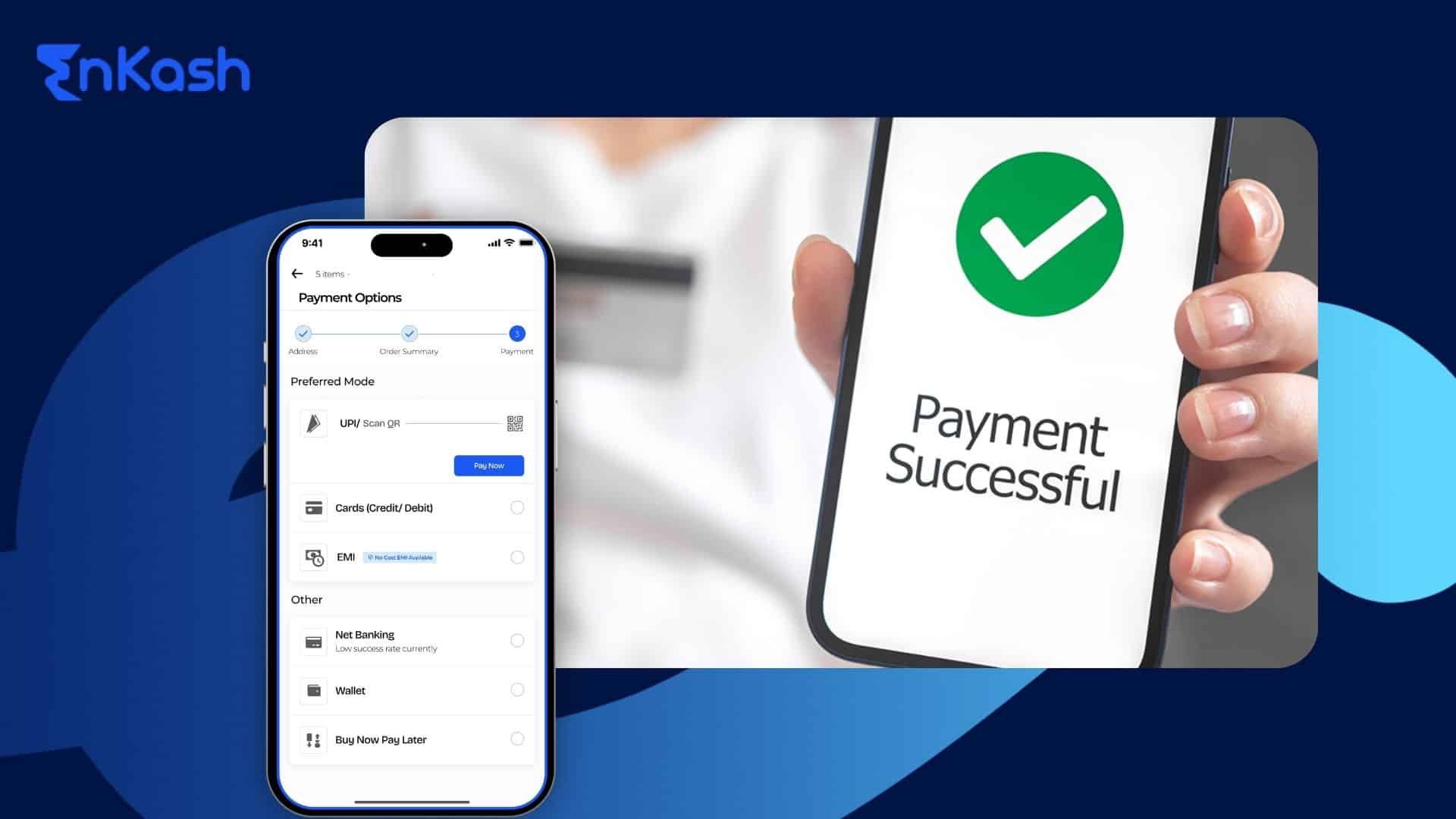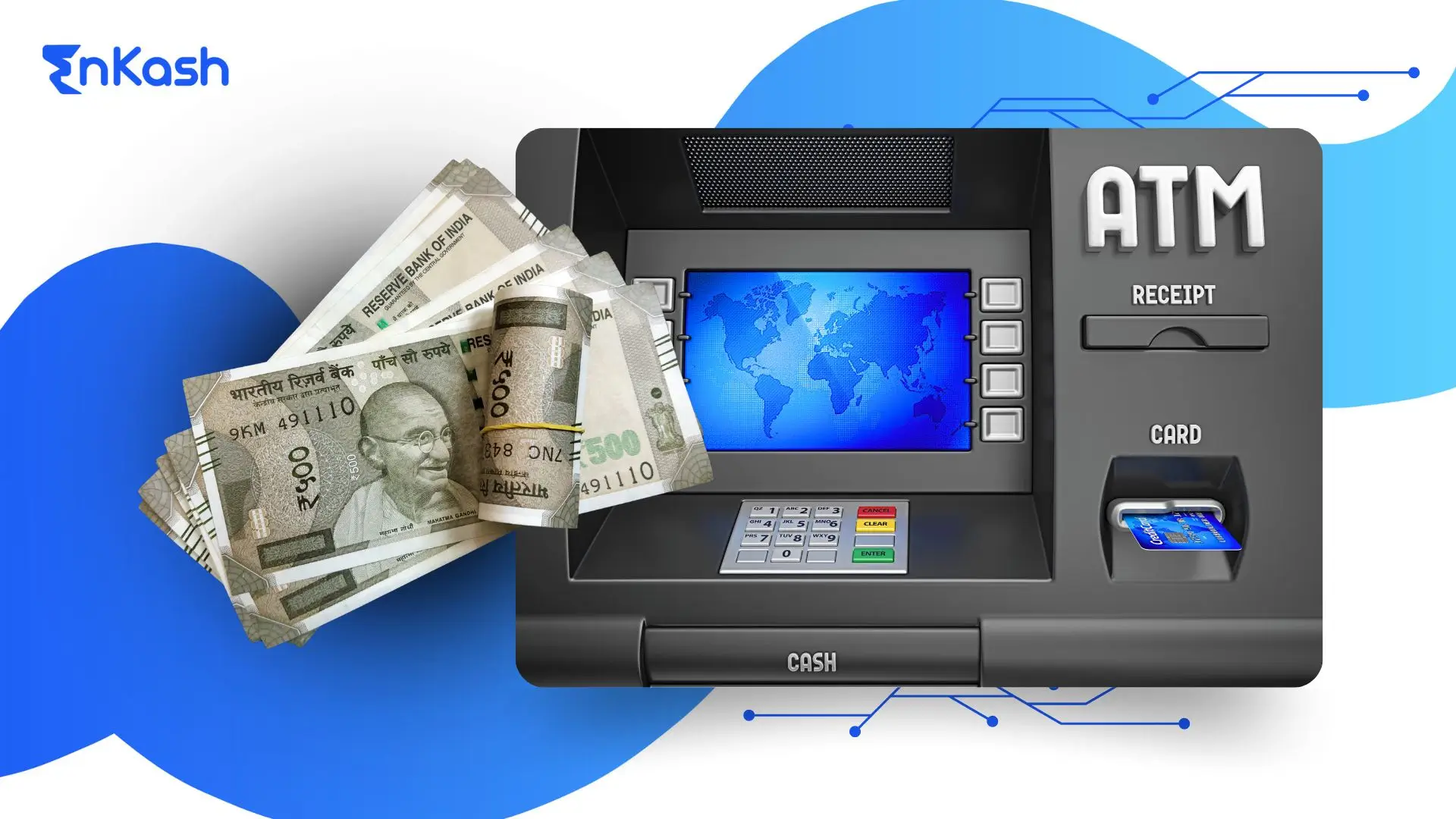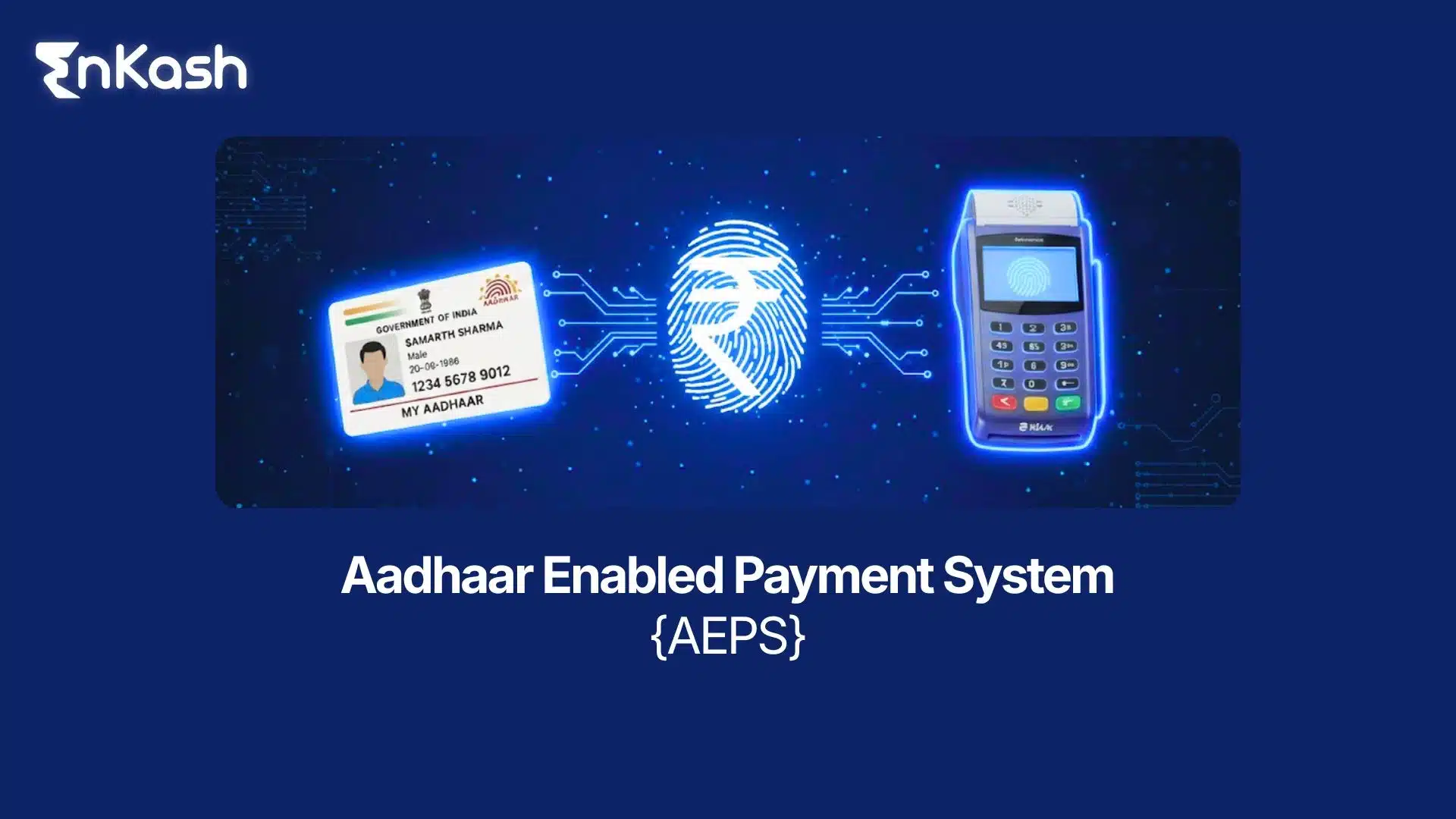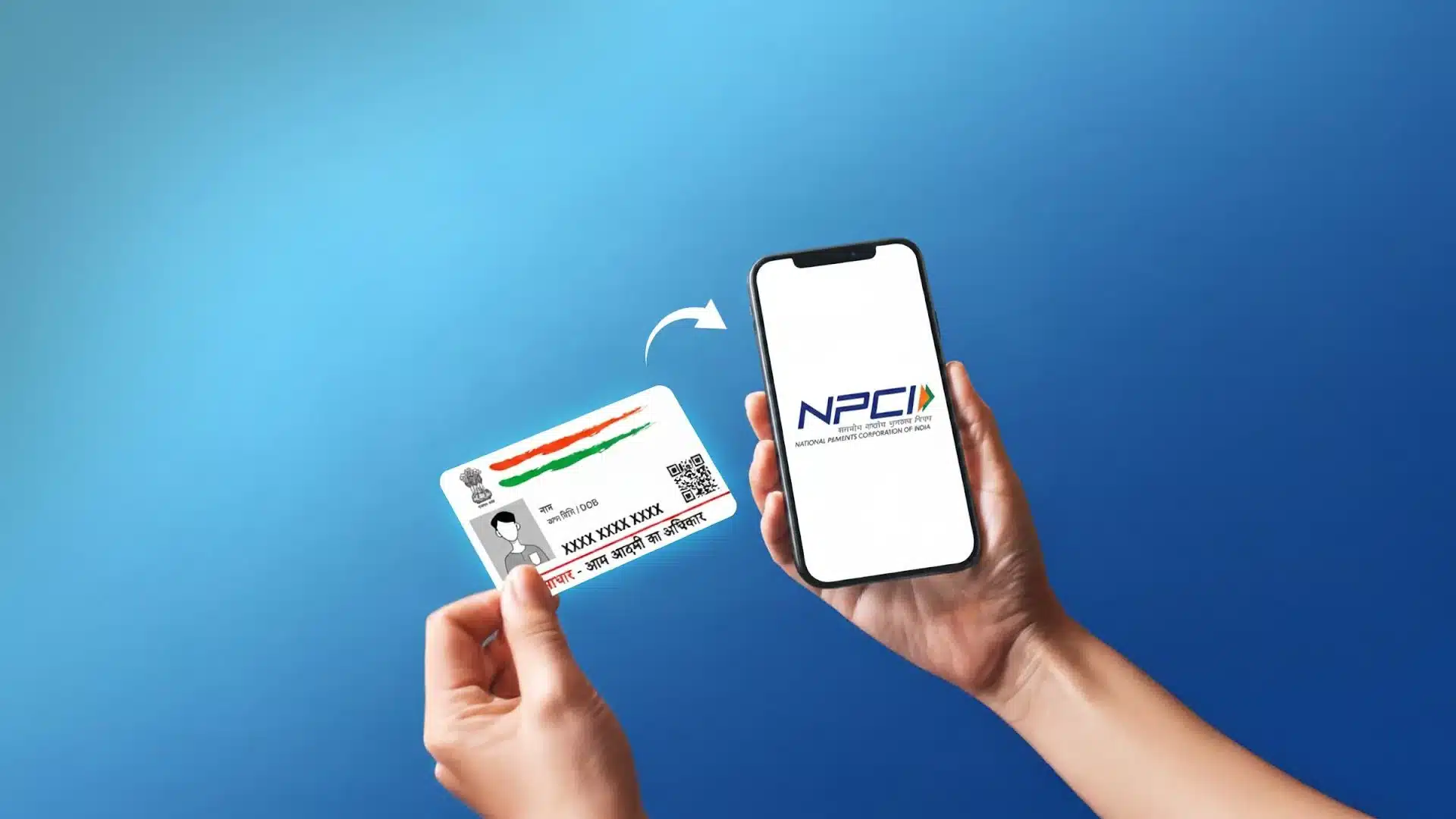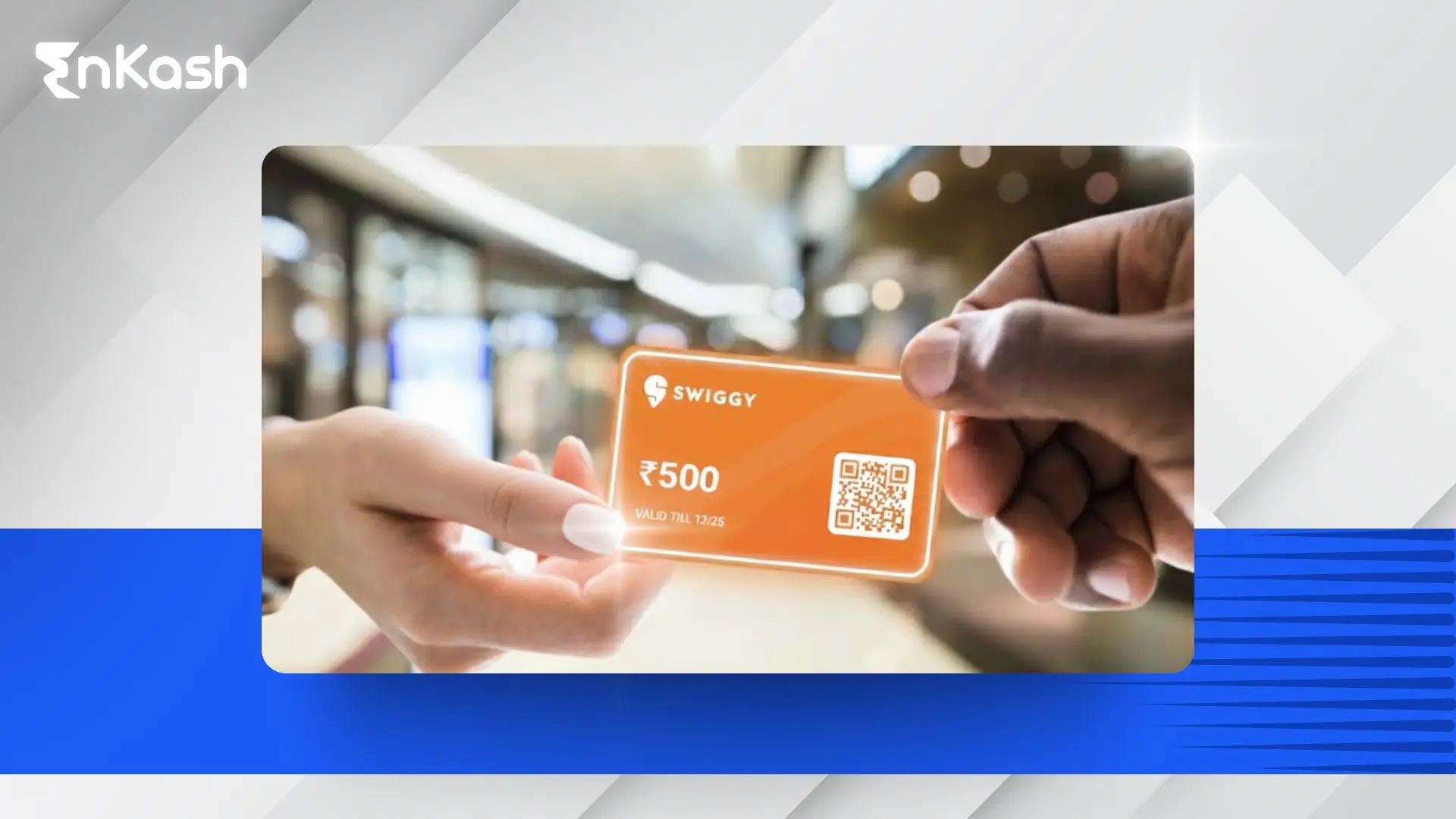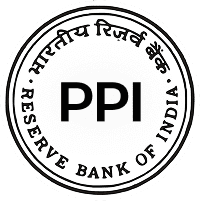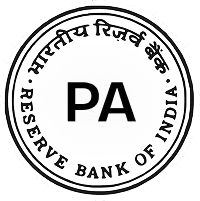India’s digital economy is moving fast. The way your business handles payments can significantly impact your overall earnings. People now expect smooth, secure, and flexible payment options, no matter if you run an online store or offer services. But how do you choose the most suitable payment gateways for business? Every business is different, and so are its payment needs. That’s why it takes more than just adding a tool when you are opting for a payment gateway. You need to know how these gateways work, what they charge, and which one fits your business best.
This blog discusses how to choose, use, and optimize a payment gateway. Read on to find the best online payment gateway that fits your business, improves conversions, and keeps your cash flow moving.
Read More: What is Payment Gateway?
All You Need to Know about Payment Gateways
A payment gateway is a technology that safely handles online payments between a customer and a business. It works as a middle layer, encrypting and transmitting payment details (like card or UPI info) to the bank and back. This lets funds move from the buyer’s account to the seller’s account. It is like a digital point-of-sale terminal that keeps the transaction secure and ensures it is authorized.
How do payment gateways work: Steps to Note
Proceed with Payment:
Firstly, the customer places an order using your website or app. They go to the checkout. Then they choose a payment method, such as a credit card, UPI, net banking, or wallet, and enter the required details on the payment page.
Data Encryption:
Once the details are entered, the payment gateway encrypts them right away. It uses secure protocols like SSL or TLS. This step protects the data from hackers. The gateway keeps card numbers, UPI IDs, and all other sensitive information safe during transmission.
Authorization Request:
Next, the encrypted data is sent to the payment processor or acquiring bank. That processor contacts the correct network, like Visa, Mastercard, or the UPI system, and finally reaches the customer’s issuing bank. The gateway works like a messenger, carrying the make-a-payment request to the banking system.
Approval or Decline:
The issuing bank checks the request. It looks at the available balance, account status, and any possible fraud risks. Then it either approves or declines the transaction. This result is sent back through the same network to the payment gateway.
Completion:
The gateway then informs both you (the merchant) and your customer of the outcome. If approved, the payment is completed. The funds are moved to your merchant account. If declined, the gateway shares the reason so that the customer can fix it.
The process of “how payment gateways work” is quite elaborate, but all of this happens in just a few seconds. To the customer, it feels instant. A good gateway keeps this process secure, fast, and as smooth as possible. That helps reduce cart drop-offs caused by payment troubles.
Why Your Business Needs a Payment Gateway Solution
No matter how big or small your business is, a good payment gateway solution can make a big difference. Here are the main reasons to use one:
Offer Popular Payment Methods
A reliable gateway accepts different online payment methods. These include cards, net banking, wallets, UPI, and “Buy Now, Pay Later.” This makes checkout easier for your customers.
In India, UPI is now a very common way to pay. So, choosing a gateway that supports UPI is almost a must. Most gateways offer all these options through one setup. This means your customer can swipe a card or scan a QR code — both will work without additional steps on your part. When you have a payment gateway that offers the preferred payment methods of your customers, you will see less cart abandonment.
24/7 Sales with Global Reach
An online payment gateway works all the time. Your checkout stays open, even while you sleep. Customers can make payments anytime, from anywhere – whenever it suits them.
Many gateways support multiple currencies. This makes it easy to take payments from buyers outside India. If you plan to sell globally, you can also link an international gateway with your local one. This helps you reach more customers regardless of your time zone or business timings.
Improved Customer Experience Means More Sales
A good gateway gives buyers an easy and fast checkout. If paying feels slow or unsafe, many people will leave. But if it’s quick, buyers are likely to complete the payment.
Many businesses have seen fewer abandoned carts and better sales from faster payment flows. When your payment system is simple, customers return.
Security Builds Trust
People are quite concerned about safety when sharing their personal payment details, such as their card details or UPI PIN. A trusted gateway keeps this data safe. It uses tools like encryption and OTP checks to block fraud. This protects both you and the buyer. Seeing secure logos, like card brands or safety badges, builds confidence. A safe payment setup tells buyers your site can be trusted and they can purchase from you without any fear of fraud.
Better Tracking and Faster Payouts
Gateways help you manage whatever money you are receiving through digital payments.
Most payment gateways these days offer a dashboard with real-time reports. You can utilize that to track payments and refunds. This facility makes your settlements easy. Some gateways offer same-day or instant payouts. This helps you get money faster.
Payment Gateway Charges and Fees: What to Expect
One of the key things to know when using a payment gateway is the cost. Every rupee spent on fees reduces your profit. The good news is that pricing is now clearer and more competitive. Still, it’s important to understand the types of gateway charges.
Transaction Fee (MDR)
In India, MDR typically ranges from 0.3% to 2.5%, depending on the payment method. Credit cards usually attract the highest fees, while UPI and RuPay debit cards may have 0% or minimal charges.
Credit Cards
These usually have a higher fee, around 2% or more, sometimes even up to 3%. This is due to higher processing costs, risk of fraud, chargebacks, and bank-funded reward points.
Debit Cards & Net Banking
These tend to be cheaper, about 1% or lower in many cases. RuPay debit cards even had 0% MDR for small transactions under earlier RBI rules. Some Visa and MasterCard debit payments are also capped at low rates. Many gateways advertise 0% fees on debit cards, but this may not apply to all cards.
UPI Payments
UPI is a big win for Indian sellers. There is no MDR on direct bank-to-bank UPI payments. That means you usually get the full amount. But if the UPI payment is through a wallet or prepaid card, a small fee of 0.5% to 1.1% may apply for amounts over ₹2,000. Even with this, UPI is still one of the cheapest ways to get paid. That’s why many sellers prefer UPI over cards.
Wallets & Pay Later Services
Payments made using digital wallets, or EMI and Buy Now Pay Later services, usually cost between 1.5% and 2% or more. Each provider sets its own pricing. Some include wallet fees in the main MDR. Others list them as separate charges.
GST Note
These fees don’t include GST. An 18% GST is added to the MDR. So if your fee is 2%, the real cost is 2% plus GST. This may seem small per transaction, but it builds up with volume.
In B2C, most businesses cover this cost in their product prices. In B2B, it’s sometimes passed to clients as a “convenience charge.” Many platforms allow this. It’s legal if shown clearly in the invoice. But in consumer-facing sales, charging extra may turn buyers away, so use caution unless it’s common in your field.
One-Time Setup Fee
Some gateways charge a one-time setup fee. This covers things like onboarding, API access, or basic installation. Many newer providers don’t charge this. For example, Razorpay has no setup cost. But some legacy or bank-run gateways may charge ₹5,000 to ₹50,000, depending on your business needs. Always check before signing up. For small businesses, zero setup fees are best, unless the extra features truly justify the cost.
Annual Maintenance Fee (AMC)
Most new-age gateways skip annual fees. But some still charge for ongoing support and updates. The fee is usually between ₹1,000 and ₹3,000 per year. Think of it like a subscription fee for using the platform. Most basic accounts today come with no annual fee. However, if you’re on a premium plan or need advanced features, you might see a yearly charge or a higher minimum usage limit.
Refund and Chargeback Fees
If a customer is refunded, some gateway solutions don’t return the original MDR. You may also be charged a small fixed fee for processing refunds. Chargebacks (when a customer disputes a transaction) often carry extra costs, usually ₹300 to ₹1000 per case. This covers admin work for resolving disputes. Not all gateways charge for this, but many do. If you sell products with high return or fraud risk (like digital goods or travel), you need to check these policies carefully.
Hidden or Conditional Costs
Here are some extra gateway charges you may run into:
Cross-Border Fees
If you take payments from foreign cards or in another currency, expect a +1% fee or more. For example, an international card may cost you 3%, while a local card costs 2%.
Premium Features
Some payment solution providers charge extra for faster settlements (like same-day payouts instead of T+2). Others charge for advanced fraud tools or support.
Minimum Monthly Guarantee
Some payment gateways expect a minimum monthly transaction volume. If you fall short, they may charge a penalty fee. This mostly applies to high-volume accounts. Most small-business gateways won’t enforce this, but it’s worth asking before you sign up.
The best providers are transparent. So, it is always better to compare. If a site says “contact us for pricing,” that means the fees are tailored, usually for larger businesses. In those cases, you can negotiate better rates if your volumes are high.
Read More: QR Code Payments in India: UPI, Contactless Solutions, and Secure Payment Practices for SMBs
Choosing the Right Gateway: Key Factors to Consider
With so many options available, how do you make a payment gateway work best for your business? The answer lies in choosing the right one and setting it up to suit your needs. Below are the key factors and tips to help you decide:
1. Supported Payment Methods
Make sure the gateway supports all payment methods your customers use. At a minimum, it should accept credit and debit cards (Visa, MasterCard, RuPay), net banking, UPI, and wallets. The more options you offer, the better. You don’t want to lose a customer just because their preferred method isn’t available.
Most Indian gateways now support over 100 payment modes. If your customers are younger and mobile-first, UPI and wallets may be their top choice. For high-value purchases, EMI matters. For B2B payments, net banking and corporate cards are essential. Always match the gateway’s offerings to what your customers expect.
2. Fees and Pricing
Compare the transaction fees and extra charges across gateways. Some may charge a bit more but offer better features or success rates.
Think about your business volume. If you’re small, flat-rate pricing may work well. For high-value transactions, look for lower MDR or the ability to pass the fee to customers. Also, check if different modes have different rates. One provider may charge 2% for cards and 0% for UPI, while another might charge 1.75% across all methods. Choose what benefits your payment pattern.
3. Integration and Ease of Use
This matters a lot, especially if you don’t have a tech team. Look at how the gateway connects with your system. Do they offer ready-made plugins for platforms like Shopify, WordPress, Magento, or WooCommerce? If yes, you can set it up without any coding.
If you use a custom-built site or app, check how good their APIs and SDKs are. Choose a gateway that offers clear guides and sample code in the language your developers use. Is there a no-code option? Some gateways give you hosted payment pages or drop-in forms. You can use these with minimal setup.
Also consider onboarding time. Some providers let you go live in minutes. If you need to start fast, choose a gateway that gets you live quickly. In the end, the gateway should work well with your current tech.
4. Security and Compliance
Always choose a gateway that follows PCI DSS standards. This ensures your card data is handled safely. The gateway should support tokenization. This helps store card details as secure tokens for future use, as per RBI rules.
They should also use 3D Secure and OTP to keep card payments safe. Check if the gateway includes fraud detection tools. Some allow you to block suspicious activity or set basic rules. Most of the security work is done by the payment gateway. But your site should still have SSL and follow safety norms.
If your business is in a regulated industry, check if the gateway supports those needs. For example, added verification or special data rules. Trusted gateways follow RBI rules and update systems regularly. This includes token rules and e-mandates for recurring payments.
5. Settlement and Payout
Settlement time refers to how long it takes for money to reach your bank. Most Indian payment gateways settle funds in T+2 or T+3 days.
Some offer same-day or T+0 settlements. However, you may have to pay extra for that. Fast settlements help with your cash flow.
Check if the gateway offers simple payout tools. These can help you pay vendors or issue refunds quickly. If refunds are important, look for gateways that support instant credits. This helps in e-commerce, where buyers expect quick returns.
6. Customer Support and Reliability
Sometimes things go wrong. Payments may fail, or reports may be unclear. That’s why fast and helpful support is critical, especially during busy hours. Look for gateways that offer 24/7 or quick weekday support. Check if they give access to phone, email, or live chat.
Some providers offer dedicated account managers once you scale up. Good support for small businesses is a positive sign. Also, check how reliable the gateway is. Some claim over 99.9% uptime and strong systems to handle traffic.
A payment outage means lost sales. So uptime matters. Big players usually have stable platforms, but new companies can also perform well if built on cloud tech. Read case studies or ask other users about their experience. Pick a gateway known for support and stability. It helps keep your operations smooth.
7. Advanced Features
Now think about special features you may need. Do you sell globally? If yes, you’ll need multi-currency support. Choose a gateway that handles foreign payments easily.
Planning to sell subscriptions? Make sure the gateway allows recurring billing or e-mandates.
Want to offer EMI or Pay Later options? Some gateways provide card-based EMIs or connect to BNPL services.
Running a marketplace? You may need split payments or escrow services. Have a mobile app? Check if the gateway gives you a clean SDK for mobile payments. UPI intent flow support also helps with smoother payments.
There is no “best” gateway for everyone. The right one is the one that suits your business today and grows with you tomorrow.
Read More: Payment Gateway Integration Guide: Simplify Your Online Payment
Conclusion
Choosing the right payment gateway and using it well, can make a big difference to how your business runs online. A reliable payment platform works like a silent sales assistant, managing the money while you focus on your products and customers.
Businesses now have plenty of payment gateway solutions to choose from. However, there’s no single best option. The right one for your business should be considered after keeping in mind all your business needs. Take time to compare features, focus on customer ease, and check what fits your setup and budget.

